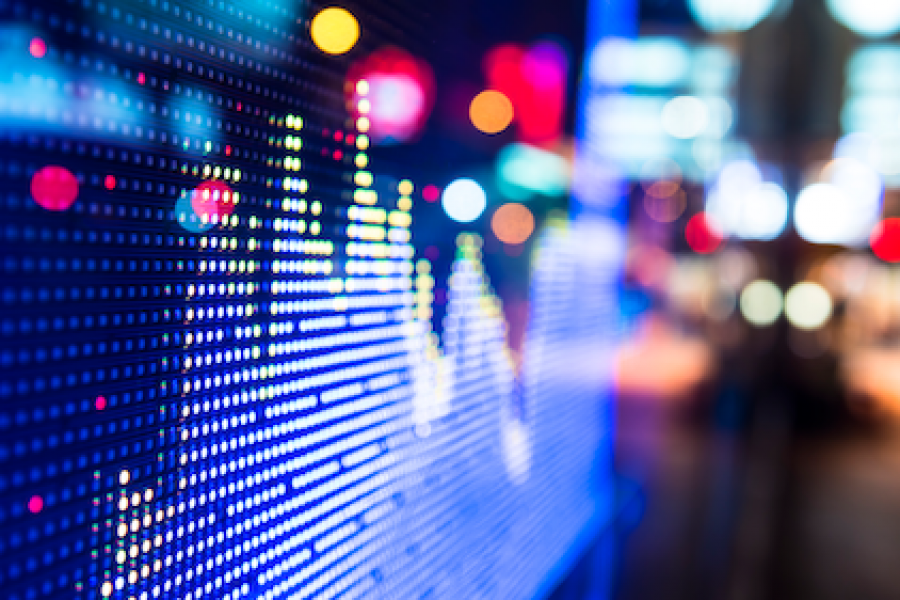The COVID-19 pandemic has changed buying habits. With the rise of online shopping, click-and-collect and home delivery, today’s customers expect a personalized service, an omnichannel experience and incentives such as loyalty rewards.
Retailers have had to adapt to these changes and more. From understanding and managing people flow and density levels during the pandemic – managing queues outside, monitoring overcrowded areas and setting occupancy limitations – to delivering an individualized service across every touchpoint, retailers are now bringing enhanced online experiences to physical stores by utilizing location services.
Delivering Online Customer Experiences In-Store
Through their online stores, retailers understand customer actions by looking at traffic patterns on their website. By tracking every step of the customer journey, retailers know what customers are viewing, how long they dwell on a page, how quickly they click off a page and where they visit next. So how can these types of software-driven analytics be applied in physical stores?
“We will develop applications that take advantage of the Juniper Access Points with virtual Bluetooth.”
– Sebastian Stelter, Team Lead Project Management and Service Support, Outletcity Metzingen
Benefiting both retailers and consumers, Juniper Indoor Location Services use virtual Bluetooth LE (vBLE) to provide location-based experiences in-store that are engaging, accurate and scalable. By tracking customers in physical stores, retailers can understand where buyers are, what route they take and where they are not going and why, resulting in a better understanding of the customer journey.
For example, heat maps of where customers are going can be used to help retailers plan or adjust the layout of their store, make sure the items they want customers to look at most are being seen and identify where customers spend the most time.
Reducing Product Shrinkage and Theft
Understanding where customers are spending time is vital for retailers. If a person lingers for a long time in one area, it suggests that the customer is stuck on product selection. By recognizing this pattern of behavior, an available advisor can be sent over to help them and improve the experience for the customer.
However, time spent in one particular area could also mean that a person is about to steal something. By monitoring activity and dwell times, retailers can reduce shrinkage (product losses due to miscounts, misplacement and theft).
Additionally, location services can be used to identify and manage assets in-store. Knowing where high-value products are located ensures that they are properly supervised, and potentially dangerous or cumbersome warehouse equipment can be moved before it causes a bottleneck or a hazard.
Assisting Customers and Advisors
Another benefit of location services is indoor mapping. Used in large shopping centers and department stores to help customers and colleagues find the goods in the store they are looking for, indoor mapping can help customers to locate specific items they wish to purchase. For example, a customer can download a store application to see where they are in relation to the product. Or they can simply ask for help by pressing a button and sending an alert to the nearest available staff member. The store associate can use their own employee-facing application to find the customer and help them locate the product.
These innovative connected services can help retailers assist customers in other ways, too. By knowing where a customer is in-store, what is in their basket or what they have purchased before, the retailer can use contextual awareness to make suitable personalized recommendations. For example, based on what is in the customer’s shopping basket, the store application can suggest wines that pair well with their purchases. Or if a customer returns to a store, the retailer can check they are pleased with their purchase and suggest a bag that matches the outfit they may have previously bought.
By using location services, everything retailers can understand online can now be addressed in-store. From understanding who the customer is to what their preferences and purchases are, the power of location services is endless. Retailers can build any customer experience they want, even adding gamification for Easter egg hunts, holiday competitions or asking buyers to visit certain aisles or locations in-store to win a prize – all while making informed decisions that benefit their store operations.


